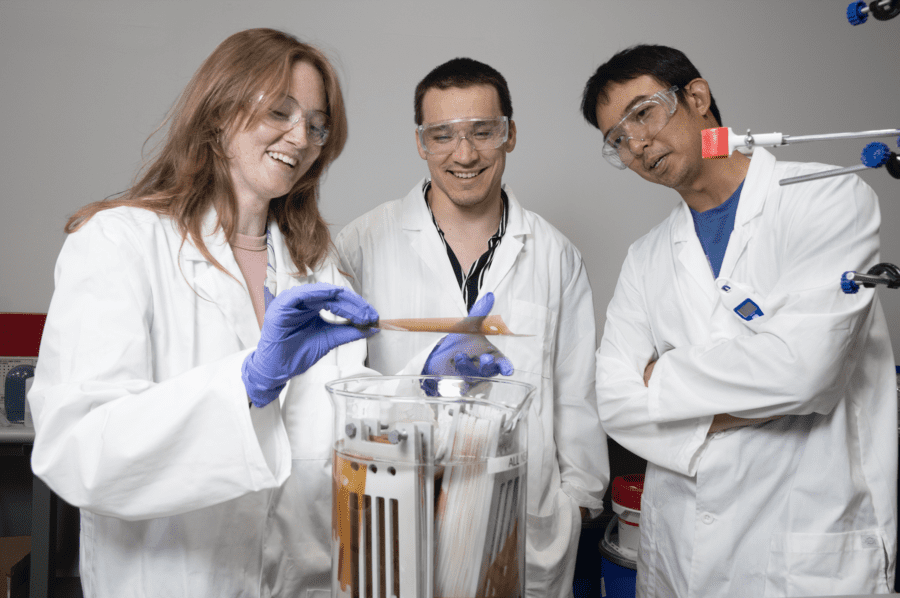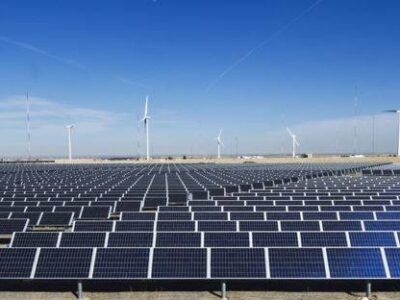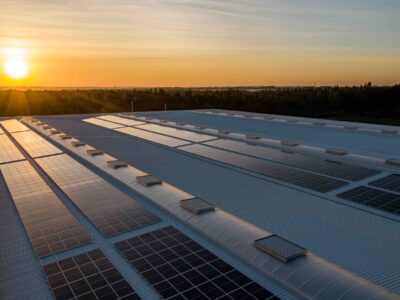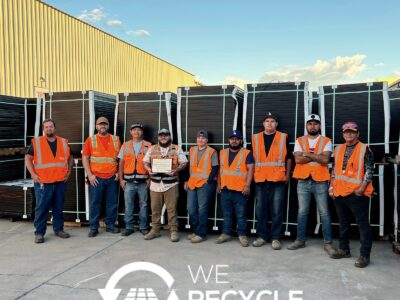What exactly is “carbon capture?” It’s probably not Spongebob hunting down carbon dioxide (CO2) with his jellyfish net while Patrick and Squidward review the concept of “firmly grasp it in your hand.” It is the process of trapping carbon dioxide through fossil-fuel burning, biological processes, and, recently, electrochemical pH swing — more on that later.

Meme Courtesy Jameson Scarsella
Carbon capture tech is soaring in popularity. Scientists believe it offers a real solution to climate change and global warming. By taking CO2 out of the atmosphere, the planet can’t warm as fast. However, the process is expensive and not at scale for mass use.
Two Caltech professors came up with a different approach. Captura takes carbon from “the world’s largest natural CO2 absorber — the ocean.”
Captura’s system runs on renewable energy and ocean water for power. The machine draws in ocean water, filters it through a bipolar membrane, and then electricity breaks down the water’s proton and hydroxyls. Less than 1% of the sample goes through the membrane before the split occurs.
After the protons are added back into the water, the CO2 becomes bicarbonate, a salt molecule found in seawater. The bicarbonate splits off the protons, returning the sample to the water and CO2 separately. The gas bubbles out of the water, is siphoned off, and the hydroxyls are put back into the liquid. The ocean water is made less acidic for more carbon to be pulled from it in the future.
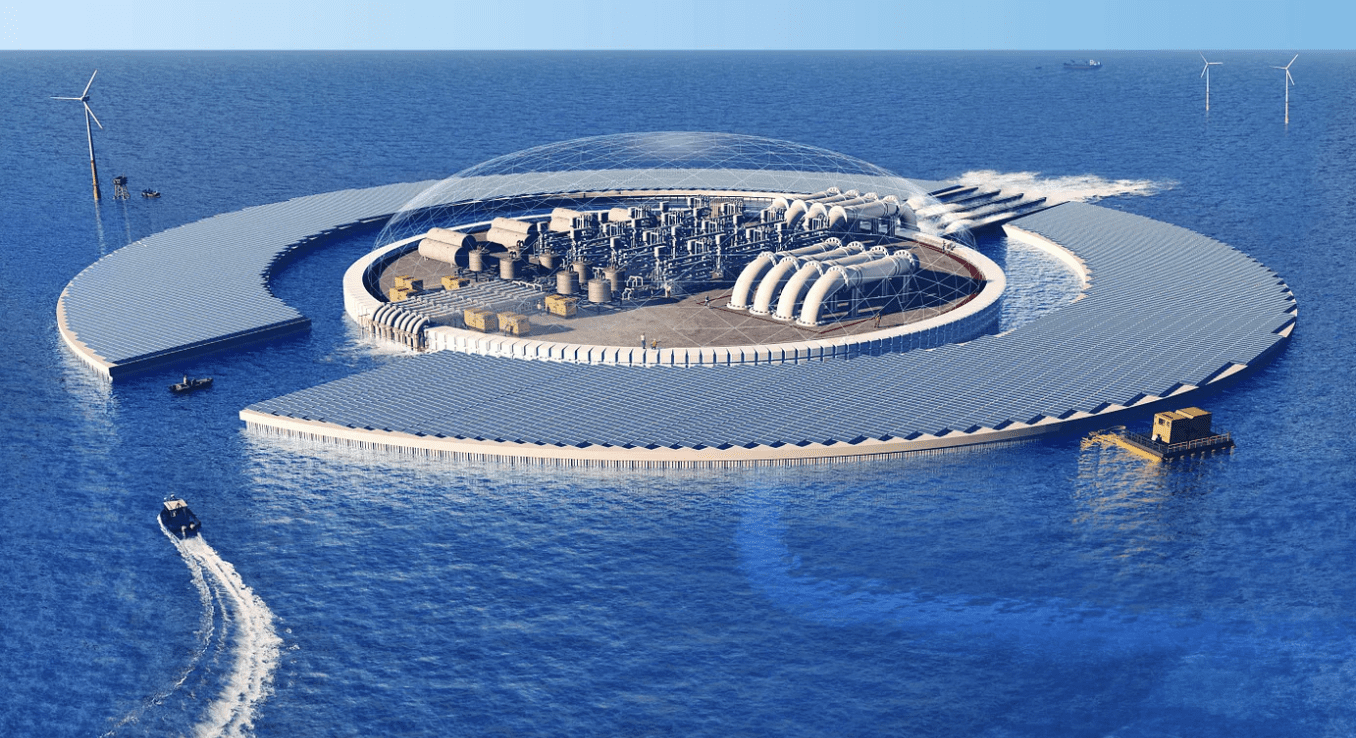
Photo Courtesy Captura
Professors Harry Atwater and Chengxiang Xiang from the Applied Physics department at Caltech founded the company. They began operations in 2021, researching and developing low-impact carbon-capture tech in the university’s labs. They experimented with pulling CO2 from a smokestack but agreed that it was not effective enough.
“It’s going to require multiple solutions to pull this off, not just Captura’s. But the concept we have is truly scalable to significant levels,” Xiang explained in a Caltech news article. “We don’t use any rare earth materials, we don’t make any byproducts, and we rely only on the rapidly growing capacity of renewable energy. There’s nothing really limiting us.”
The electrochemical pH project began in 2022. The Department of Energy (DOE) Advanced Research Projects Agency-Energy provided a $850,000 grant for the venture. Atwater and Xiang worked with Professor Shane Ardo of the University of California Irvine to get the startup off the ground.
An ocean-based system is more economical and effective at creating carbon-negative capture and storage. Thanks to renewables, fewer resources are needed, and no solvents are required to break down the carbon once captured. Less energy is consumed compared to air-based systems that use large fans to blow air through solvents and filters. Also, heat in air-based capture siphons CO2.
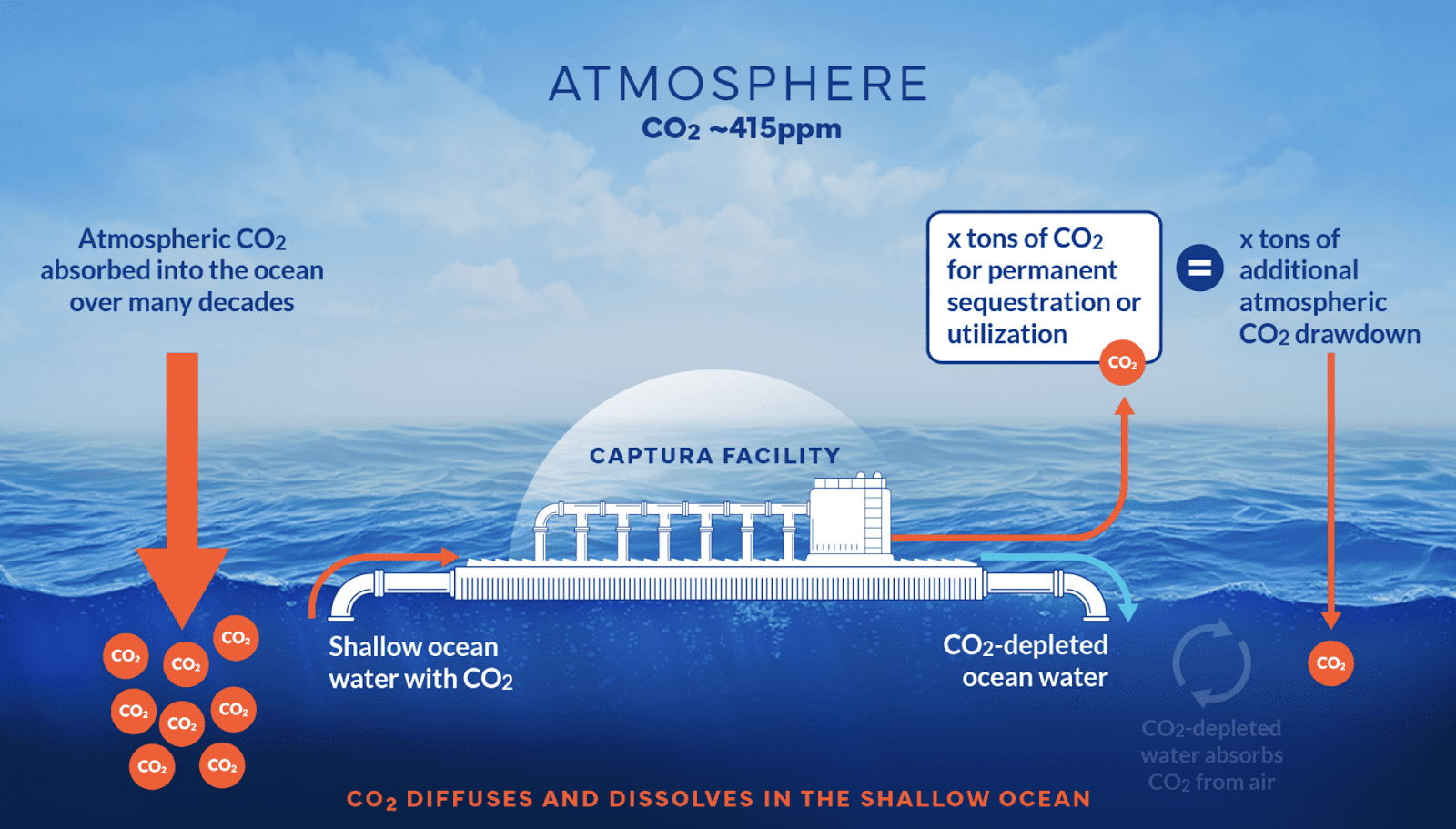
Photo Courtesy Captura
Captura’s technology lasts longer than air-based systems, is easier to manufacture, and only produces ocean water as a byproduct. No extra fuel is required to power it. It’s cleaner and more effective because it creates pure CO2, which is much easier to sequester or repurpose. Some air capture systems contaminate the captured gas, making it less useful.
The big question is if Captura’s technology is a legitimate climate change stopper. Atwater doesn’t seem to think it’s there quite yet.
“Right now, we are pursuing the science of CO2 conversion in the laboratory using pure carbon dioxide from tanks, and we want to ultimately scale up that conversion to the gigaton level,” he said. “However, conversion generates at best zero emissions from a CO2 generation source.”
“A full climate solution for the planet will also require negative emissions by [the] capture of dilute CO2, both to compensate for previous historical emissions and future emissions from hard-to-decarbonize sectors,” Atwater continued.
Xiang added, “The next steps are to raise additional money and hire more great people. And we need to start by sequestering 1,000 tons of carbon dioxide in a year.”
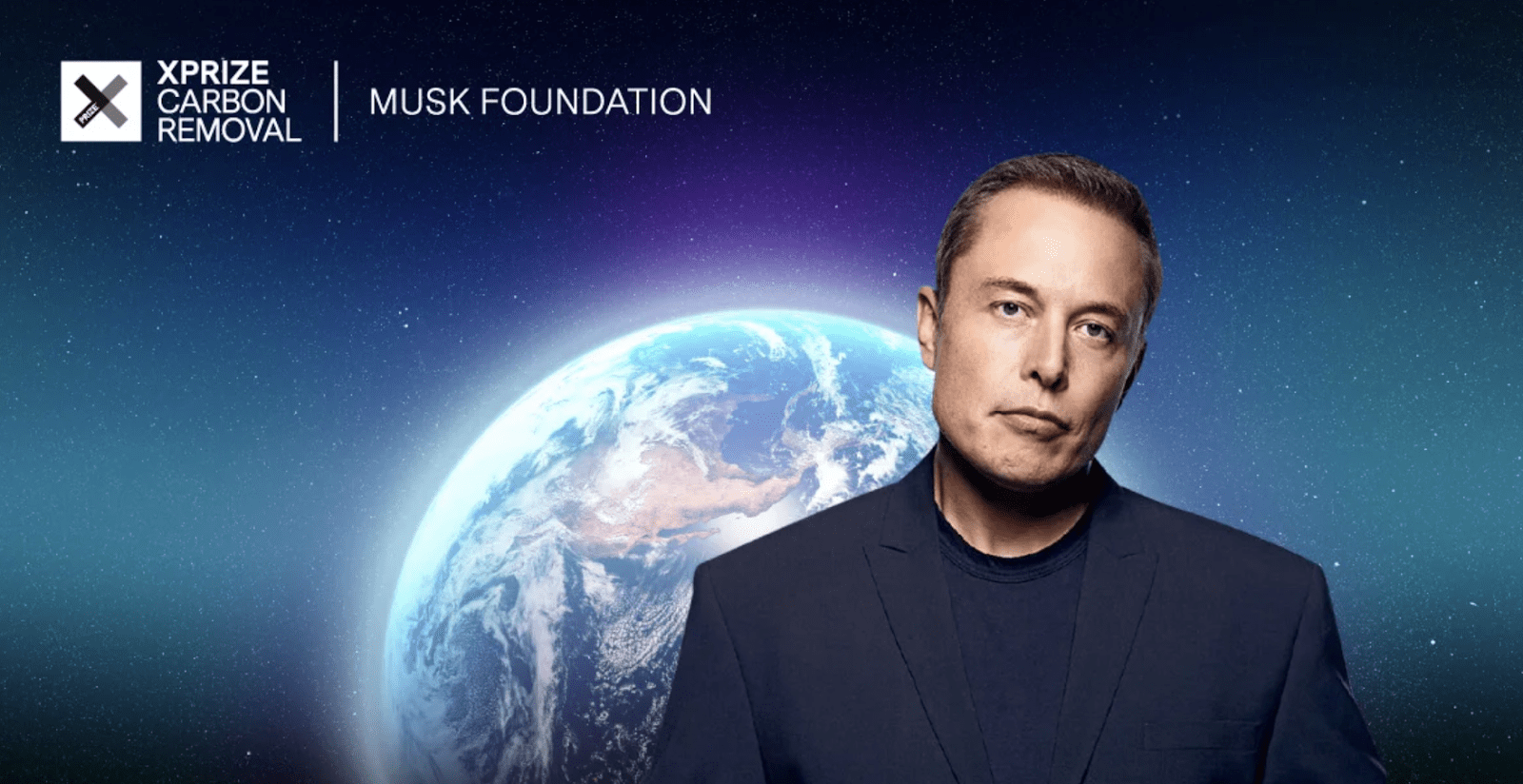
Photo Courtesy XPRIZE
Luckily, some of the needed financing is rolling in. The DOE believes in Captura, as too does Elon Musk. The SpaceX and Tesla owner’s foundation and XPRIZE awarded the company $1 million to continue carbon removal research and development. It was one of 15 projects to earn this funding.
“As far as we can tell, Captura is one the very few companies that is doing carbon capture from ocean water,” Xiang said. XPRIZE awarded money to two other ocean-based capture efforts, Planetary Technologies in Canada and the Marine Permaculture from the Climate Foundation, a joint venture between the U.S., the Philippines, and Australia.
As more companies like Captura create these scientific climate solutions, we should start to see the effectiveness in real time. And then Spongebob and Patrick can go back to annoying Squidward, frying Krabby Patties at the Krusty Krab, and chasing down Mermaid Man and Barnacle Boy.

